As we explore the social determinants of health, we are discovering some very important things. One is that compared with other developed countries, the United States spends a much higher proportion of resources on medical services to treat people than on social services that improve the prospects for good health. Research shows that countries placing a greater emphasis on social services rather than medical care have better health outcomes. Recent research comparing spending on health and social services among US states also found that spending relatively more on social services is significantly related to better health outcomes.
But getting the health system to “prescribe” social services is hard. Hospitals, in particular, do not easily cooperate with social service organizations in trying to improve community health. There are many reasons for this. Institutional culture can get in the way; the health care sector’s business model is not exactly based on reducing the volume of medical services. Shifting substantial resources from medical services to social services threatens the financial interests of a major industry.
In addition, data systems of medical, educational, and social service organizations often are not compatible, and privacy concerns add to that barrier. Budget and payment systems generally don’t encourage multisector cooperation either, and community organizations often feel their independence is threatened by partnering with a large local hospital.
These problems are not unique to the health care and social services worlds. When 2 sectors seek to cooperate, the ideal is to harmonize all systems so that they can interact seamlessly. But that is an enormous task, usually requiring daunting changes for organizations in each sector.
A Role for Intermediaries
One way to enable collaboration between large institutions and sectors that find it hard to cooperate directly is to introduce intermediaries to serve as bridges. By intermediaries we mean organizations that operate in the space between institutions or people and help link them together. Successful intermediaries have the trust of each institution, and so they fulfill a “diplomatic” function. They provide skills and capacities that are lacking in the organizations they connect together. In addition to helping us achieve a better combination of medical care and social services to produce improved health, they can help health care and other sectors to work together more seamlessly.
As health care institutions seek to work with other sectors to address social determinants of health, we are beginning to see certain types of intermediaries that will be particularly helpful.
Data Intermediaries
Sharing data on patients and households is necessary to coordinate multisector services, but it also raises technical, governance, and privacy concerns. Some intermediary organizations are addressing these issues by making it easier for institutions to share data and cooperate. For instance, to make service data more available to institutions trying to work together, an initiative called Actionable Intelligence for Social Policy (AISP) works with counties and other jurisdictions to address technical and governance concerns. With the assistance of the nonprofit and nonpartisan advocacy organization Data Quality Campaign as a technical intermediary, many states and counties are tackling the privacy and other issues needed to create integrated data systems—or “data warehouses”—that can enable health systems, schools, and other sectors to coordinate services for each student. Meanwhile the National Neighborhood Indicators Partnership (NNIP) helps develop neighborhood-level data to help organizations design policy plans for addressing social and health needs.
Embedded “Extenders”
Another interesting approach is for institutions, particularly some hospitals, to bring intermediary institutions onto their premises to address social service needs for discharged patients. For instance, the nonprofit organization Health Leads trains and funds individuals to be embedded in hospitals and link patients to an array of social services and community organizations, thereby bringing skills the hospital typically does not possess in-house. Washington Adventist Hospital contracts with Seedco, a national nonprofit focused on work and family supports, to coordinate such services for its patients.
In reverse, some other institutions have an embedded staff that can link them more effectively with the health care system. School-based nurses are an example. In some states, a nonprofit organization called Communities in Schools embeds teams in schools to link students with health care services and with social service agencies that can improve their students’ health and help them succeed academically.
Budget Blenders
Restrictions on who can receive federal and state program money create funding silos that make it hard for health systems to partner with community social service organizations. A 3-track Accountable Health Communities model, which the Obama Administration will be implementing and testing over a 5-year period, may be a step towards resolving that issue. But meanwhile, some intermediaries are helping to address the problem.
One interesting example is made possible by the state of Maryland’s use of Local Management Boards (LMBs). These county-level public or nonprofit entities have the legal ability to deploy certain federal grants and programs administered by the state, as well as state resources, to local organizations with the aim of improving the health and educational success of children. In some cases the boards are governmental institutions, but in other cases, such as the Family League of Baltimore, they are intermediary organizations that coordinate and oversee funds and grantees. In this way, intermediaries that are close to the community and have trusted links with a range of health and social service organizations can help social service and health care institutions concentrate on social determinants of health.
Connectors
Some intermediaries function almost as entrepreneurs, developing creative ways to facilitate relationships between health care institutions and other sectors. The National Collaborative on Education and Health, for instance, brings together multiple organizations focused on steps to create a culture of health within schools. City Health Works, in New York’s Harlem, uses personal coaches to connect households with hospital partners and social service providers to improve health in the community.
This rich tapestry of intermediaries can help the health system collaborate more effectively and seamlessly with social services and community institutions as we focus on social determinants of health. So we can take steps to foster the use of intermediaries. For instance, states can emulate Maryland’s LMB’s, by creating county or city bodies to coordinate funding streams and steer support to innovative community organizations.
Governments and foundations can also provide the modest seed capital needed for intermediaries to develop data systems, so that they can play a more sophisticated role. The federal government can tweak the community benefit requirements for nonprofit hospitals to encourage them to invest in nonmedical services that promote health. Most important and starting at the local level, health plan administrators, health care professionals and facilities, government, school districts, and social service agencies need to sit down together to identify how to improve community health by changing patterns of spending.
Editor’s note: This piece originally appeared in JAMA Forum.
The Brookings Institution is committed to quality, independence, and impact.
We are supported by a diverse array of funders. In line with our values and policies, each Brookings publication represents the sole views of its author(s).
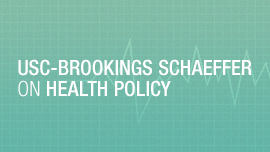

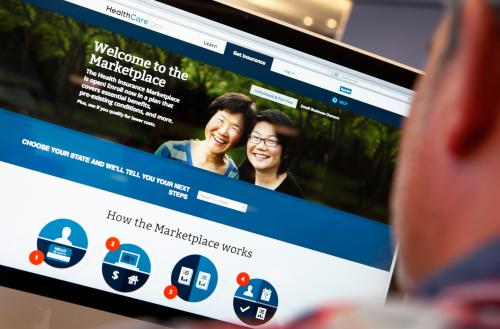

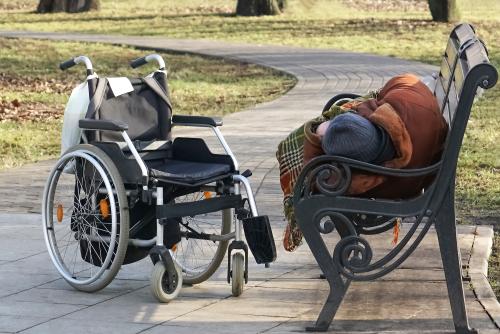

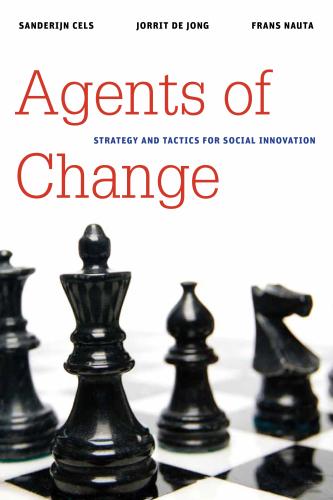


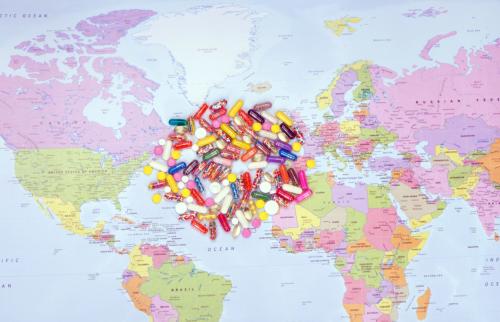


Commentary
Using intermediaries to improve health
June 15, 2016